Pen&Inq
City Smarts
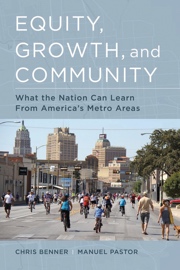
Creating economically sustainable cities may take more ideas than money.
“In mainstream economic thinking, intervening in the marketplace to promote social goals will lower growth and efficiency,” said Chris Benner, UC Santa Cruz professor of environmental and social studies. “But there’s growing evidence that more equitable regions actually grow faster. One key factor in both faster growth and greater social equity seems to be diverse and dynamic regional knowledge communities.”
For his book, Equity, Growth, and Community: What the Nation Can Learn From America’s Metro Areas, Benner and coauthor Manuel Pastor (a UC Santa Cruz alum) analyzed data from 200 metropolitan regions. They found that regions least likely to sustain growth had more inequality in social opportunities, voting patterns, and income.
Case studies of successful cities, such as Seattle, showed how engaging all sectors of diverse communities— by making more knowledge connections—boosted metropolitan growth.
Hollywood Hustle
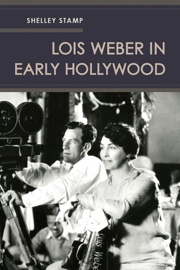
A century ago, the top-grossing film released by Universal Pictures was written and directed by Lois Weber, a leading lady of that Hollywood era. Although she ran her own studio, formed a production company, and earned a star on the Walk of Fame, few recognize her name today.
Shelley Stamp, professor of film and digital media at UC Santa Cruz, hopes to change that with her book, Lois Weber in Early Hollywood.
Despite tackling controversial subjects, such as abortion and birth control, Weber’s films were often box-office hits. Stamp rediscovered Weber through old documents, films preserved in Europe, and scripts archived at the Academy of Motion Picture Arts and Sciences.
“I assumed she was forgotten after her death in 1939, but found instead that she, and other prominent women in early movie-making days, were actively written out of Hollywood history during their careers,” said Stamp, also the founding editor of Feminist Media Histories: An International Journal.
A New View
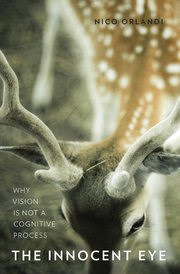
The way we see the world requires a reasoning-like process, according to one popular theory of vision. In this constructivist view, we can’t translate the light that hits the back of our eyes into a detailed three-dimensional world without some implicit knowledge of what’s in the environment.
“That model of visualization seemed over-intellectualized to me,” said Nico Orlandi, UC Santa Cruz assistant professor of philosophy.
Instead, Orlandi suggests an “embedded view” in her book, The Innocent Eye: Why Vision Is Not a Cognitive Process. Visual receivers, she argues, can take the environment as is, without needing knowledge or creating perceptual representations before the world can be seen.
Perceptual creatures can coordinate with what is present in an environment in a way that doesn’t demand cognition: a cat with an empty food bowl doesn’t need reason to perceive the bowl as it is.
While reason isn’t required for visual perception, Orlandi next wants to explore what it takes to be rational and to create constructs of our environment.
Religious Politics
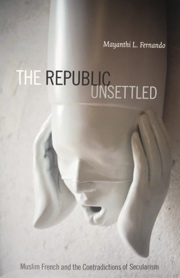
When governments try to separate religion and politics, they often end up with the opposite result, noted** Mayanthi Fernando**, UC Santa Cruz associate professor of anthropology.
For example, in 2004, the French ban on Islamic headscarves was justified as essential to the constitutional requirement of laïcité —the separation of state and religious activities. The law defined the headscarf as a conspicuous religious sign rather than understanding this garb as a practice, as many Muslim French do.
Ironically, the state made a theological decision about the headscarf in the name of preserving secularism. Under these conditions, the very actions intended to remove the state from religious affairs became a link between the two.
Fernando draws from a decade of ethnographic research on Islam in France to examine these conflicts in her book, The Republic Unsettled: Muslim French and the Contradictions of Secularism.
Trade Routes
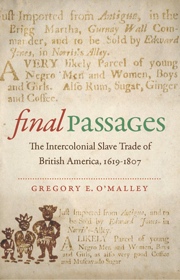
In a book that begins where most studies of the slave trade end—with the sale of a slave at a colonial port—Gregory O’Malley, UC Santa Cruz associate professor of history, tracked the trade of enslaved people throughout the Americas.
His multi-award winning book, Final Passages: The Intercolonial Slave Trade of British America, 1619–1807, solved a riddle from O’Malley’s doctoral studies. Although ships from Africa delivered thousands of slaves to a few main American ports, no one knew how slaves ended up in so many other places—from the northern British colonies to silver mines in Peru.
After 11 years of poring over port records and correspondence from merchants and imperial officers, O’Malley created a database that logged more than 7,600 individual slave shipments. “It became clear that the key distributors weren’t slave specialists, but regular merchants looking to fill ships loaded with other commerce,” he said.
His studies also showed that slave trading enabled Great Britain to trade other profitable goods with rival Spanish and French empires.
